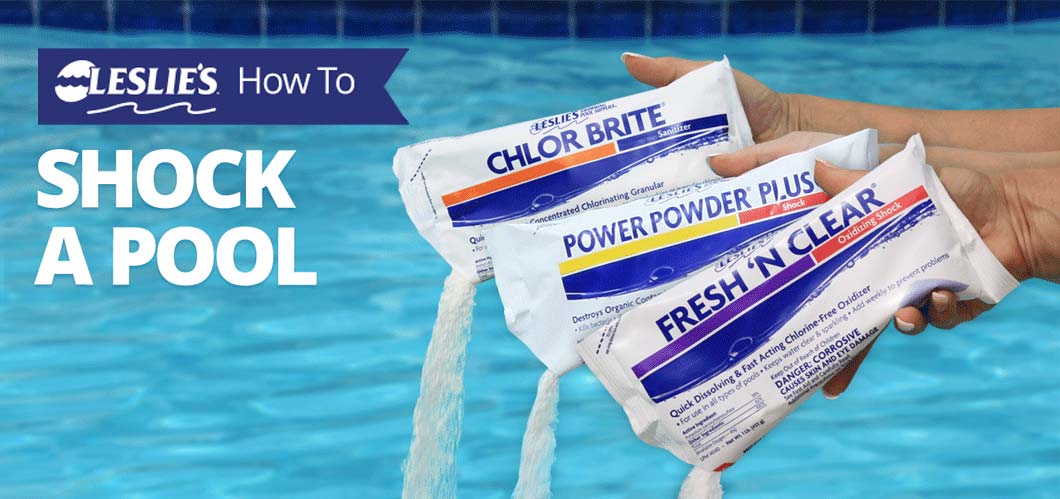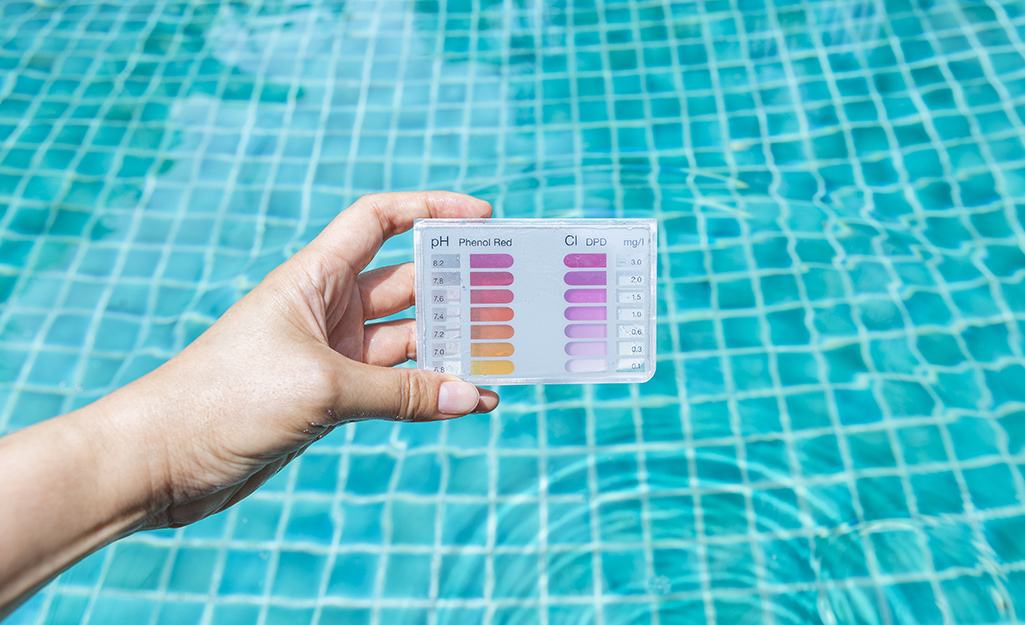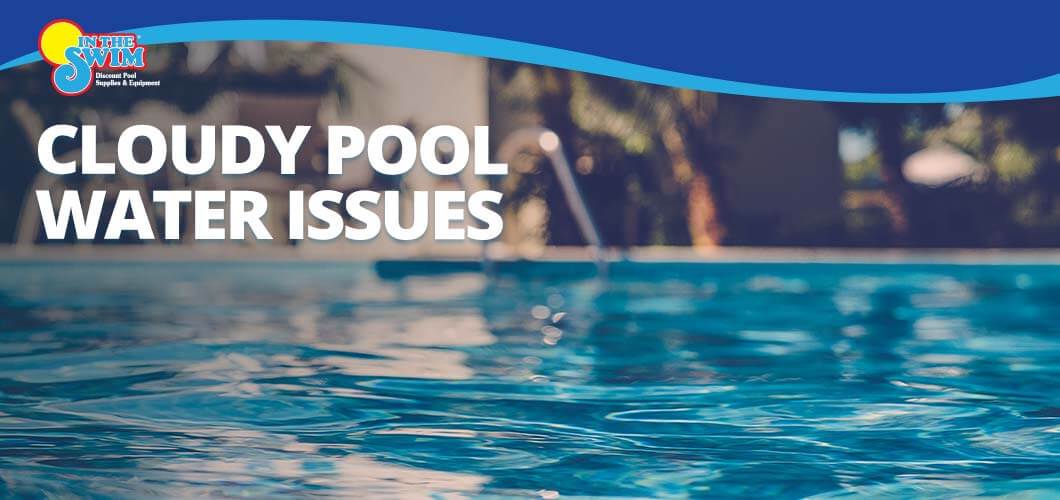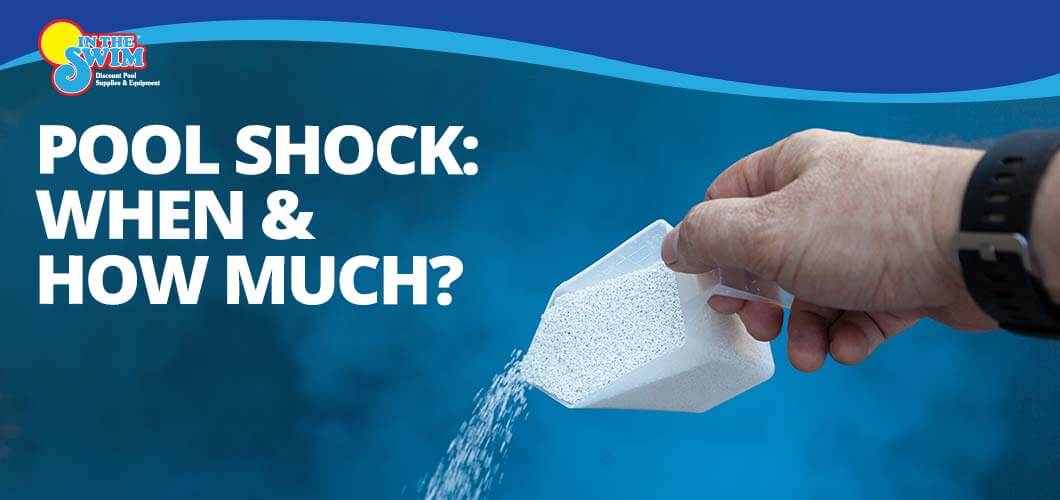free chlorine low after shocking pool
If you still find it difficult to do the calculation simply raise the free chlorine to 10 ppm and allow it. Best Time To Shock A Pool To Raise Free Chlorine.
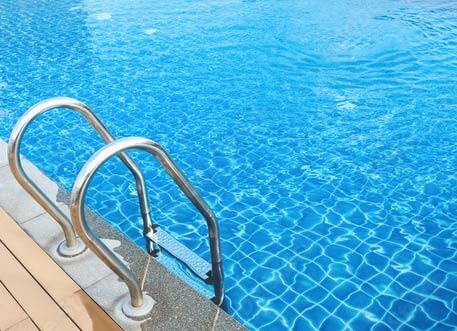
Pool Chlorine Level Not Registering After Shock Lancelhoff
Bring your chlorine levels to 20ppm or three times higher than the current levels.

. We typically see more pools with a high demand for chlorine during spring opening season. At chlorine levels over 10 ppm swimsuits can begin to fade. Run the Filter.
The process needs about five to six hours to complete. Heres a quick crash course when it comes to pool shock. You cannot shock a pool now and then.
If the combined chlorine is 07 ppm you should raise the free chlorine to about 7 ppm. The essence of cyanuric acid is to prevent the rapid degradation of chlorine levels. Cyanuric acid helps to keep the chlorine levels from degrading quickly as well.
After the shocking process which kills the harmful contaminants you need to run the filter to remove them from the pool water. To effectively shock the pool you must quickly raise the free chlorine concentration to 10 ppm or more and you do this the same way as you would in a conventional. Not all day over the course of 24 hours.
The reason is most of the people dont use the pool at this period. Therefore you should let it run overnight. If it is low you will use a chlorinated shock.
The goal is to raise this level to a point where contaminants such as algae chloramines and bacteria are destroyed. Shocking refers to the process of adding chlorine or non-chlorine pool chemicals to the water in order to raise the free chlorine level. You should wait one hour per pound of shock product added and then test the water to confirm the pH and chlorine are in the proper range before letting anyone enter the pool.
Alternatively if youre seeing a free chlorine reading above zero despite having less-than-ideal water conditions that can only point to your chlorine being inhibited by the conditions of. As a rule you will need to raise free chlorine to 10 times your combined chlorine to hit what is known as break point Therefore it is good to deal with combined chlorine while it is still small. Most chlorinators have a super-chlorinating setting but using this setting wont add enough chlorine quickly enough to kill algae or clear severely clouded water and it isnt a substitute for shocking the pool.
When free chlorine is over 50 ppm swimmers may experience itchy skin irritated eyes andor dry hair. Pool shock is a super dose of granular pool chlorine that oxidizes chloramines combined chlorine and kills bacteria in the water. You can follow the calculation here to determine the amount of shock you should add to your pool.
Run the filter of your pool for about 24 hours to finish the step. If your chlorine levels are low a chlorinated shock is required. Like organics in the pool.
If your total chlorine level is high you will use a non-chlorine shock. This is especially true for indoor pools. Evening or night is the best time to shock the pool.
Pools will naturally gas-off chlorine from the surface and very high levels can irritate airways and lungs. August 13 2022 askans No Comments. As a result even after shocking there is no free chlorine in the pool.
Another method of breaking chlorine lock is shocking your pool. Our shock procedure is sustained until all those criteria you read about are met. When chlorine is added to the pool the UV rays from the sun degrade it quickly.
Shock Your Pool. Shocking depletes combined chlorine and increases free chlorine. We recommend using a non-chlorine oxidizing shock until your free and total chlorine reads the same.
What Is Pool Shock. 4 Quick and Cheap Ways on How to Heat a Pool Fun DIY Projects Well that is the tutorial on. In fact a clean pool will be almost.
Specifically if youre seeing no free chlorine in your pool even after recently adding chlorine to your water it means your chlorine is either burning off or being consumed very quickly. You test after Sundown and again before sunrise to find out. Another viable opportunity to shock a pool is right after there has been a.
As a reminder you want your pH to be between 72 and 78ppm and your free available chlorine to be 1-4ppm for safe swimming. The over night loss of 10 is to see if something besides the Sun is getting your free chlorine.

How To Shock A Swimming Pool 1 Pool Care

What To Do If Total Chlorine Is Higher Than Free Chlorine Hot Tubs And Swimming Pool
/TestingPoolWater-40a3d4c689484d6bb1973f32346c8f07.jpg)
How To Test Free Chlorine Vs Total Chlorine Levels

Can You Put Too Much Shock In A Swimming Pool Your Diy Pool Supply
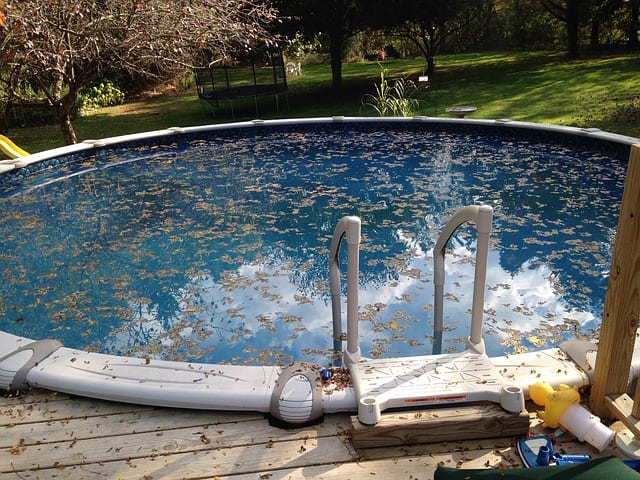
7 Causes Of Chlorine Loss In Swimming Pools How To Prevent It
Why Is My Pool Water Still Green After Shocking Quora

When To Use A Chlorine Free Shock Oxi Chlorine Free Shock Oxidizer Clorox Pool Spa Youtube
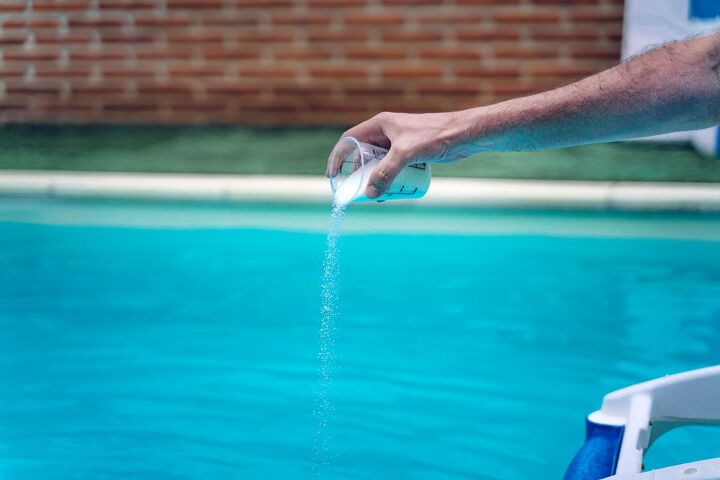
How Long After Putting Chlorine In A Pool Can You Swim Find Out Now Upgraded Home
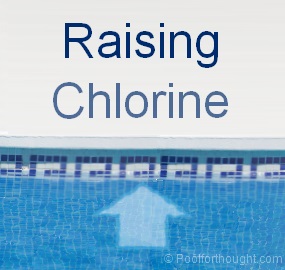
Raising Swimming Pool Chlorine
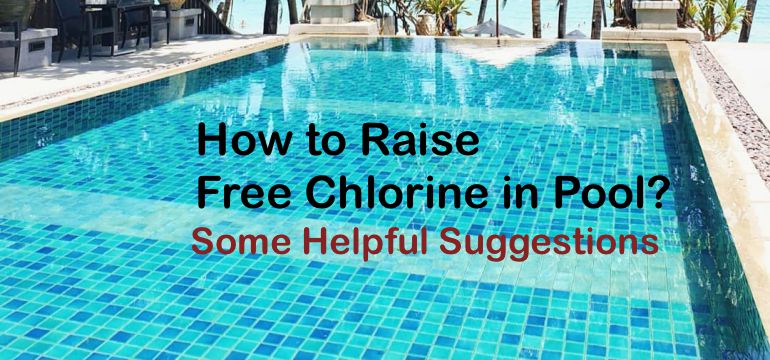
How To Raise Free Chlorine In Pool Some Helpful Suggestions
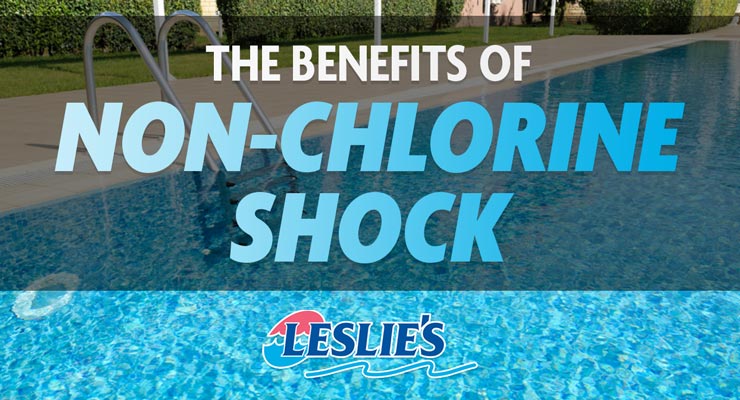
The Benefits Of Non Chlorine Shock
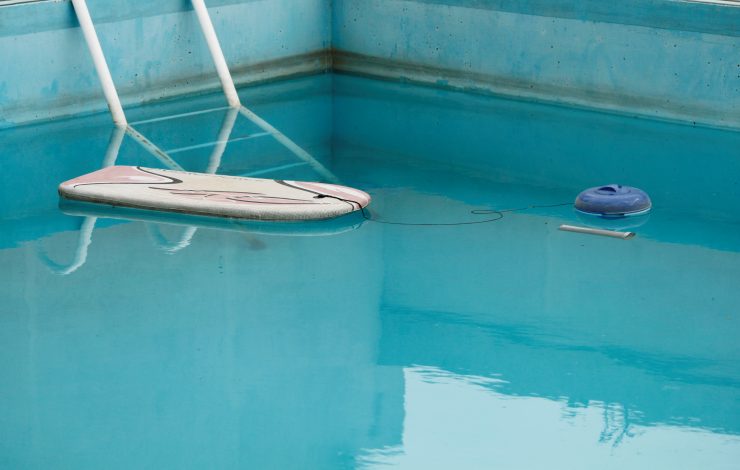
Can Too Much Chlorine Make Pool Water Cloudy
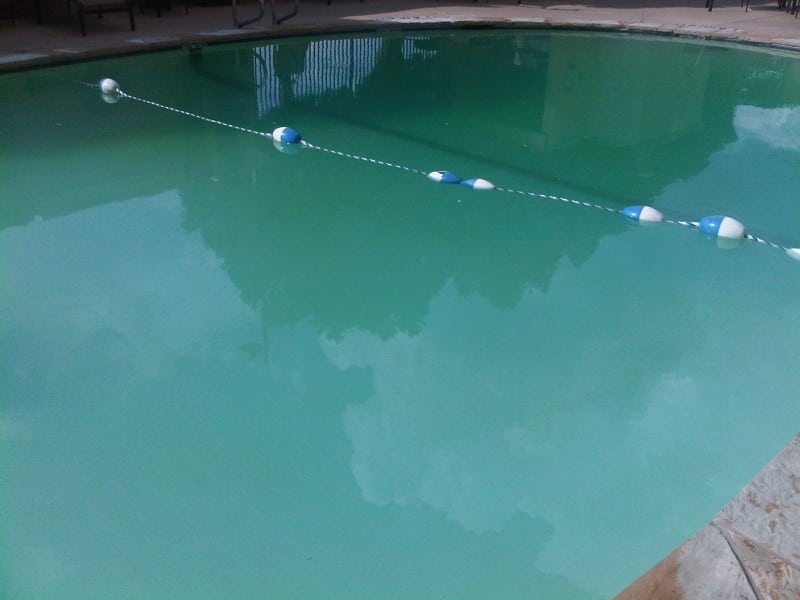
I Ve Shocked My Pool Why Is It Still Green
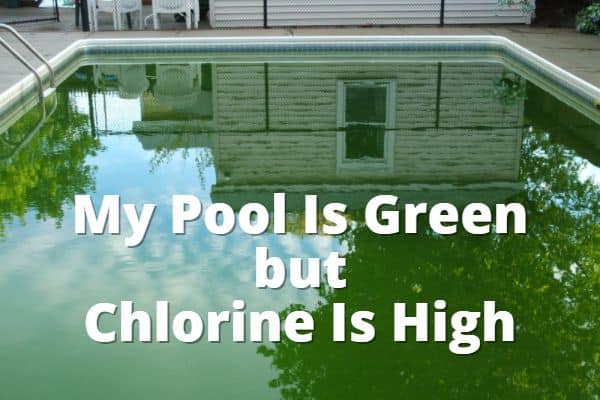
My Pool Is Green But Chlorine Is High Why And How To Fix
